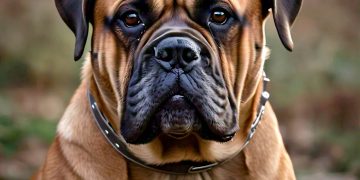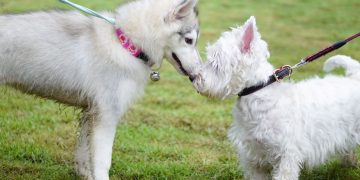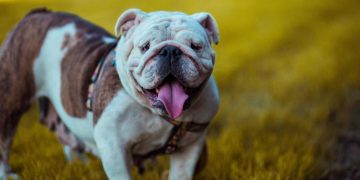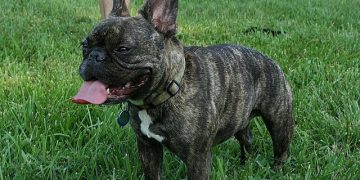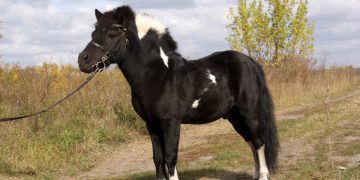The Andalusian horse, one of the most iconic and historically significant breeds, has captured the imagination of horse lovers, breeders, and equestrians worldwide. With its striking beauty, agility, and intelligence, the Andalusian horse is renowned for its contributions to classical dressage, competitive sports, and its influence on numerous other horse breeds. In this article, we will explore the history, physical characteristics, training, care, and disciplines in which the Andalusian excels.
History of the Andalusian Horse
Origins
The Andalusian horse, often referred to as the Pura Raza Española (Pure Spanish Breed), has deep roots in the Iberian Peninsula, particularly in the region of Andalusia in southern Spain, from which it takes its name. This breed’s lineage dates back over 2,000 years, with the early horses being influenced by various ancient cultures such as the Celts, Moors, and Romans. The breed was highly prized for its strength, stamina, and elegant movement, which made it ideal for both war and sport.
The Golden Age
During the 16th and 17th centuries, Andalusians were celebrated for their abilities in battle, especially in cavalry units. Their impressive maneuvers, noble stature, and grace under pressure made them highly sought after by royalty and military leaders across Europe. The Andalusian became a symbol of prestige and power in the courts of Spain, France, and other European nations.
In addition to their military use, Andalusians were trained for bullfighting and the classical equestrian disciplines of dressage, where their natural elegance and agility were showcased.
Modern Era
Today, the Andalusian horse is recognized for its versatility in various disciplines, including dressage, driving, working equitation, and even competitive jumping. The breed is celebrated not only for its historical significance but also for its continued excellence in both competitive and leisure riding.
Characteristics of the Andalusian Horse
Physical Traits
The Andalusian horse is known for its impressive conformation and distinctive features. Here are some of the key physical characteristics of the breed:
- Height: Typically stands between 15.1 and 16.2 hands (61 to 64 inches at the withers).
- Weight: Generally weighs between 1,000 to 1,200 pounds.
- Build: The Andalusian has a well-muscled, compact body with a short back and strong hindquarters. The neck is arched, and the head is refined with expressive, large eyes and a straight profile.
- Coat Colors: The most common coat color for the Andalusian is grey, although they can also be black, bay, and chestnut. Grey Andalusians typically darken with age before lightening to a lighter grey or almost white as they mature.
- Mane and Tail: They have thick, long, flowing manes and tails, which add to their majestic appearance.
Gaits
The Andalusian is known for its impressive gaits, which contribute to its reputation in classical dressage. Some of the key gaits include:
- Walk: A calm and smooth four-beat gait, demonstrating the horse’s suppleness.
- Trot: A dynamic two-beat gait, which is powerful and balanced, showcasing the breed’s natural athleticism.
- Canter: A three-beat gait that is rhythmic and fluid, providing the horse with great agility and fluidity in movement.
- Extended Gaits: Andalusians are particularly known for their ability to extend their gaits, particularly in dressage, where they exhibit impressive movements, including the piaffe (a stationary trot) and the passage (an elevated, slow trot).
Training and Care
Training
Training an Andalusian requires a blend of classical techniques and modern methods. This breed excels in classical dressage due to its natural aptitude for collection, elevation, and responsiveness. Key training elements for Andalusians include:
- Groundwork: Establishing a strong foundation of trust, respect, and responsiveness between horse and rider.
- Collection and Extension: Emphasizing the horse’s ability to collect and extend its gaits, which is crucial in dressage training.
- Symmetry and Balance: Working on the horse’s balance to ensure smooth transitions and a harmonious performance in competitions.
- Desensitization: Exposing the Andalusian to various stimuli to build confidence and reduce sensitivity to new environments or objects.
Care
The Andalusian horse requires regular care to maintain its health and performance. Proper care should include:
- Diet: Feeding a balanced diet with hay, grains, and supplements suited to the horse’s age, weight, and activity level.
- Exercise: Ensuring regular exercise to build and maintain muscle tone, stamina, and flexibility.
- Veterinary Care: Scheduling regular veterinary checkups, vaccinations, and health assessments to ensure the horse’s well-being.
- Hoof Care: Regular hoof care, including trimming and shoeing, is important to avoid lameness and other foot issues.
- Grooming: The Andalusian’s long mane and tail require daily grooming to prevent tangling and to keep the coat shiny and healthy.
Disciplines and Competitions
The Andalusian horse is versatile and excels in various equestrian disciplines. Here are some of the main areas where this breed stands out:
Classical Dressage
The Andalusian is widely regarded as one of the best horses for classical dressage due to its natural ability to perform advanced movements such as the piaffe, passage, and flying changes. The breed’s strong, compact body and fluid gaits make it ideal for showcasing high-level dressage techniques.
Working Equitation
Working equitation is a discipline that tests the horse’s ability to perform traditional ranch and cattle-working tasks, requiring skills in maneuvering, speed, and precision. Andalusians excel in this discipline due to their intelligence, agility, and willingness to work.
Bullfighting
Historically, Andalusians were trained for bullfighting, where they were expected to work alongside bullfighters, showing bravery and precision in the arena. While bullfighting is less common today, the breed’s historical ties to this discipline remain an important part of its heritage.
Show Jumping and Eventing
While dressage is where the Andalusian excels, they can also be successful in show jumping and eventing due to their athleticism and willingness to work. Their natural agility and powerful hindquarters help them clear fences and navigate complex cross-country courses.
Carriage Driving
The Andalusian is also a popular choice for carriage driving competitions due to its steady temperament, strength, and elegance. Their graceful movement makes them particularly suited for the precision and elegance required in driving competitions.
Conclusion
The Andalusian horse is a breed rich in history, beauty, and versatility. From its ancient origins in Spain to its modern-day contributions in various equestrian disciplines, the Andalusian continues to captivate horse enthusiasts worldwide. With its striking appearance, intelligent nature, and exceptional athleticism, the Andalusian remains one of the most beloved and admired horse breeds in the world.
Whether in the dressage arena, on the working ranch, or in the show ring, the Andalusian horse stands out as a breed that exemplifies grace, power, and resilience. Proper care and training are essential to bringing out the best in this remarkable breed, and for those who are fortunate enough to work with an Andalusian, the rewards are truly extraordinary.


